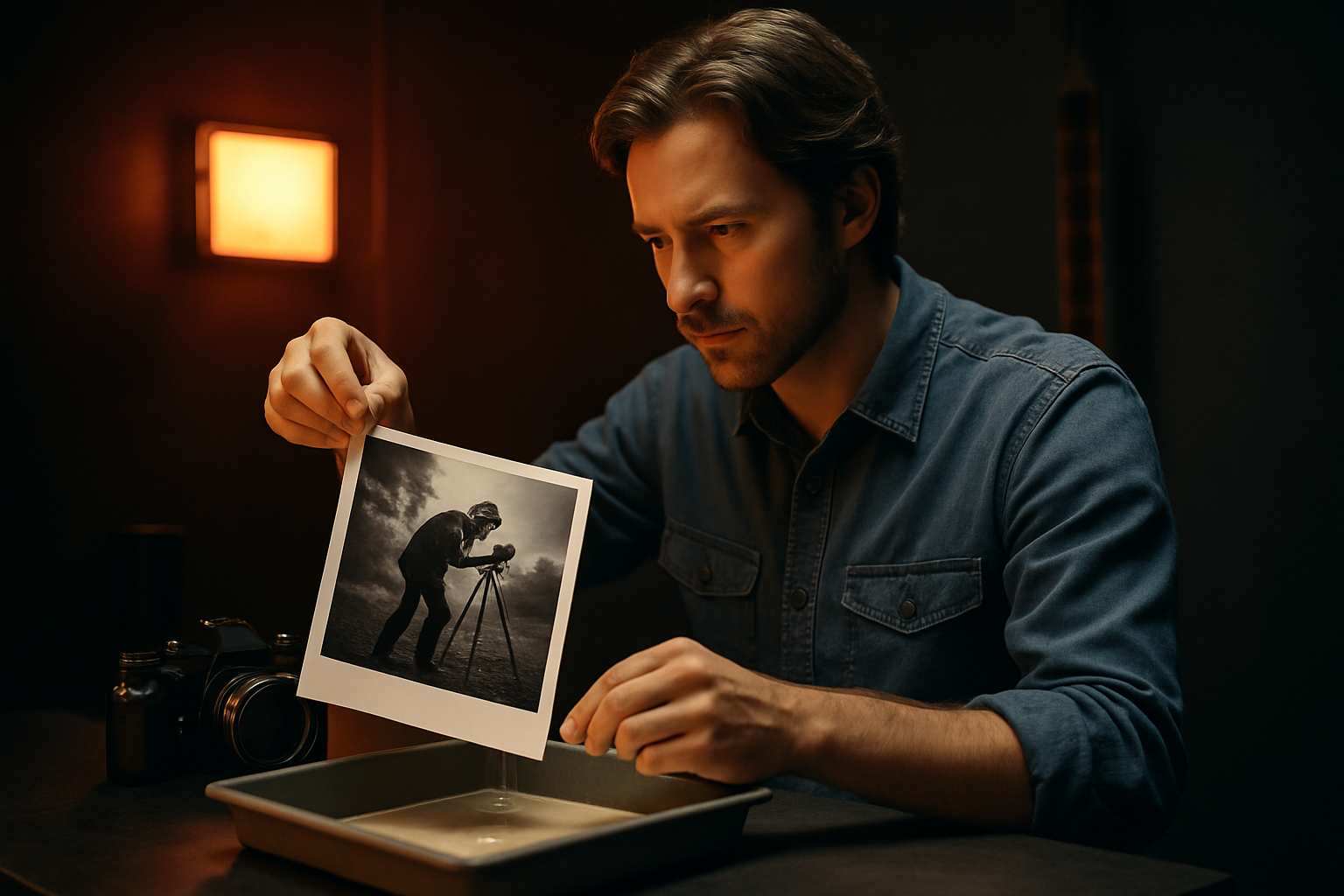The Renaissance of Analog Photography in the Digital Age
In an era dominated by sleek smartphones and high-resolution digital cameras, a curious trend has emerged in the world of photography. Analog photography, once considered obsolete, is experiencing a remarkable resurgence. This unexpected revival has captured the imagination of both seasoned photographers and a new generation of enthusiasts, sparking a renewed interest in the tactile and deliberate process of film-based image-making.

A Return to Craftsmanship
One of the most significant aspects of analog photography’s revival is the emphasis it places on craftsmanship. Unlike digital photography, where thousands of images can be taken without much thought, film photography requires a more measured approach. Each frame is precious, forcing photographers to slow down, carefully compose their shots, and truly consider the image they want to create before pressing the shutter button.
The Tangible Nature of Film
In a world where most of our images exist solely in digital form, the physical nature of film photography holds a special appeal. The process of developing film and printing photographs in a darkroom provides a tangible connection to the art form that many find deeply satisfying. The anticipation of waiting to see how a roll of film turns out adds an element of excitement that is often missing from the instant gratification of digital photography.
Educational Value and Skill Development
Many photography schools and programs have reintroduced film photography courses into their curricula, recognizing the educational value of the medium. Learning to shoot on film helps students develop a deeper understanding of fundamental photographic concepts such as exposure, composition, and lighting. These skills translate directly to digital photography, making film an excellent learning tool for aspiring photographers.
The Intersection of Analog and Digital
Interestingly, the revival of analog photography doesn’t exist in opposition to digital technology but rather in harmony with it. Many photographers are embracing a hybrid approach, shooting on film but scanning their negatives for digital editing and sharing. This fusion of old and new technologies allows for the best of both worlds, combining the aesthetic qualities of film with the convenience and flexibility of digital post-processing.
A Niche Market Flourishes
The renewed interest in film photography has led to a resurgence in the analog camera market. Vintage cameras, once relegated to dusty shelves in thrift stores, are now highly sought after. Manufacturers have taken notice, with some companies reintroducing classic film camera models or developing new ones to meet the growing demand. Additionally, new film stocks are being developed, offering photographers a wider range of creative options.
The Role of Social Media
Paradoxically, social media platforms have played a significant role in the revival of analog photography. Instagram, in particular, has become a hub for film photographers to share their work and connect with like-minded individuals. The platform’s square format and filters, originally designed to mimic the look of vintage photographs, have helped popularize the aesthetic of film photography among a wider audience.
Challenges and Sustainability
Despite its growing popularity, the analog photography movement faces several challenges. The production of film and related materials is more limited than in the past, leading to concerns about long-term sustainability. Additionally, the environmental impact of film processing chemicals has raised questions about the medium’s ecological footprint. However, many in the analog community are actively working to address these issues, developing more sustainable practices and materials.
The Future of Analog in a Digital World
As we look to the future, it’s clear that analog photography has carved out a meaningful place in the contemporary art world. Far from being a fleeting trend, the resurgence of film photography represents a genuine appreciation for the craft and artistry of the medium. While digital photography will undoubtedly remain dominant, the continued interest in analog processes suggests that film photography will endure as a vibrant and valued form of artistic expression for years to come.





